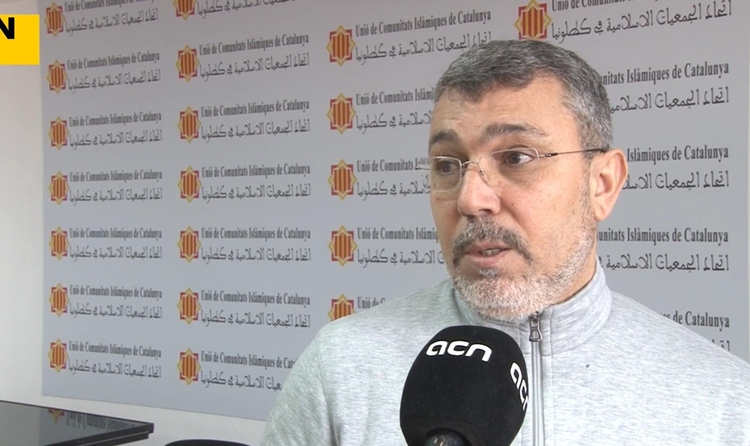It has been scientifically proven that animals suffer more when slaughtered without prior stunning versus with prior stunning

What has been said? That there is no evidence about when an animal suffers more: …

What has been said?
That there is no evidence about when an animal suffers more: when slaughtered with prior stunning or without it.
What do we know?
During the slaughtering process, both with and without prior stunning, animals suffer stress beforehand, above all due to the process of being immobilised. But the duration of the suffering with prior stunning is shorter than cutting an animal’s throat and letting it bleed out without it having lost consciousness beforehand.
In the wake of the judgment of the European Court of Human Rights (ECHR), which supports allowing the individual European countries to ban the slaughter of animals without prior stunning, as is practised in the halal or kosher method, the president of the Unió de Comunitats Islàmiques de Catalunya (Union of Islamic Communities of Catalonia), Mohamed el Ghaidouni, asserted that “nobody can prove when an animal suffers most, during stunning or slaughter” in statements to ACN published in El Nacional.
This claim is FALSE. Evidence shows that animals suffer more when they are slaughtered without prior stunning, a series of techniques used to reduce the twilight state of the animals before their slaughter. According to an article that a panel of experts in the subject area published in the magazine of the European Food Safety Authority (EFSA), “consciousness is a prerequisite for the cattle to feel pain, fear and distress”.
“Nobody can prove when an animal suffers most, during stunning or slaughter, because the only being who knows that is the animal. Scientifically, we cannot prove when an animal suffers the most”
Mohamed el Ghaidouni, president of the Unió de Comunitats Islàmiques de Catalunya
When animals are not stunned, they suffer during three stages: during the immobilisation process, during the cutting of their throat, and during the blood-draining process, as various scientific studies have determined (1,2,3,4).
In order to stun an animal, the animal must be immobilised first, and there are indications of stress during this process, such as vocalisations, attempts to escape and injuries. Nevertheless, “the immobilisation process still takes less time than when the slaughter is carried out without prior stunning”, since the animals have to be immobilised until they lose consciousness and, in some cases, “it can take up to four minutes”, as Antonio Velarde explains to Verificat. Velarde is a researcher who is head of the Animal Welfare programme at the Institute for Agri-Food Research and Technology (IRTA) in Spain and a member of the Animal Health and Welfare Panel of the European Food Safety Authority (EFSA).
The stunning process “is aimed at inducing unconsciousness and numbness and helping the animals avoid feeling fear, pain and suffering during slaughter”, Velarde explains. “If an animal is unconscious, it will not suffer or feel pain during the cutting of its throat or while the blood is draining”, he adds.
Therefore, there is scientific evidence about the pain and suffering of animals that are slaughtered without prior stunning, in the case of cattle, sheep and poultry.
Reversible stunning, a technique that respects the halal slaughter method
Stunning techniques can be irreversible and reversible, which is to say, an animal may or may not die as a result of stunning. Some Muslims, as the president of the Unió de Comunitats Islàmiques de Catalunya states, accept reversible stunning methods in halal slaughter since the essential requirement for the Muslim religion is that the animal is not dead when its blood begins to drain out.
Therefore, electric stunning of only the head, non-penetrating captive bolt stunning and water-bath stunning of poultry, which are detailed in European regulation, “have been approved by many Islamic authorities, as long as the method is reversible”, according to a study published in the magazine Meat Science.